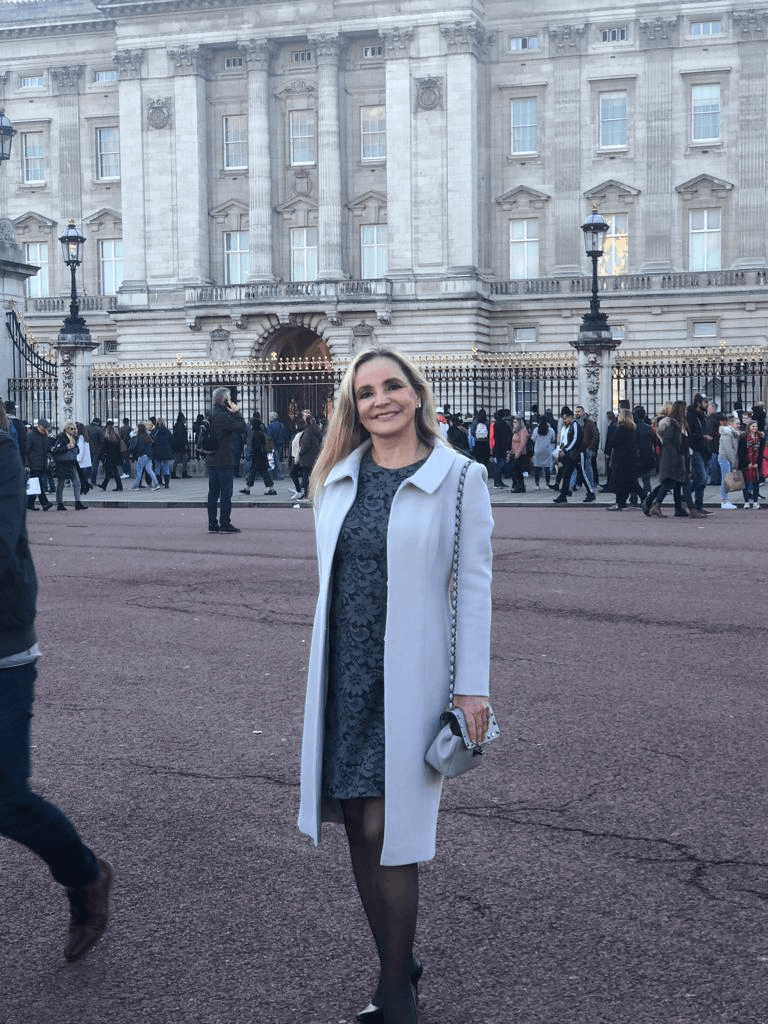Peruvian art has gained significant relevance in the European contemporary art scene, establishing a convergence with renowned European cultural events. Peru’s presence in these events has attracted collectors and art critics from around the world. To explore this fascinating confluence, Susana de la Puente, a Peruvian recognized banker and passionate art collector residing in London, introduces us to this universe. She offers insights into the value and representation of art that resides in her heart…
What aspects would you highlight about European art fairs? Are there significant differences compared to Latin America?
Primarily, their size and global coverage. European fairs are often much larger events than those in Latin America, bringing together a large number of galleries and exhibitors in a dynamic and conducive environment to cultural and commercial exchange. They encompass a wide range of artistic styles, media, and genres. They showcase contemporary and modern artworks, as well as installations, sculptures, paintings, photographs, and digital art. They also dedicate special spaces to emerging art, conservation and restoration projects, and dialogues between experts and artists from different backgrounds.
Compared to Latin American fairs, European fairs tend to have a greater international presence and representation. This is partly due to the concentration of artistic and cultural centers in Europe, as well as the long tradition and development of this market. However, this does not mean that Latin American fairs lack importance. On the contrary, some fairs such as Art Lima (Lima, Peru), SP-Arte (Sao Paulo, Brazil), and Zona Maco (Mexico City, Mexico) enjoy enormous recognition and have contributed to strengthening the art scene in our region. There is also the famous Art Basel in Miami, which is enormous and places great importance on Latin American art.
On the other hand, Latin American fairs often place special emphasis on the identity and cultural context of the region by exhibiting works by regional artists that foster artistic dialogue within the continent.
Which European art fair is your favorite?
It is difficult to choose just one, as they all have their charm and uniqueness. However, the one I attend most frequently is Art Basel in Miami. Every two years, I also attend the Venice Biennale, which fascinates me because it is not a commercial fair but a great explosion of artistic expressions reflecting social, political, and current themes.
In London, where I reside, Frieze stands out. It has an exciting and cosmopolitan atmosphere that creates a stimulating environment to discover new trends and acquire artworks from all over the world. I appreciate its focus on exploring new forms of expression and presenting cutting-edge contemporary artists. It offers a fresh and inspiring vision of contemporary art, ranging from multimedia installations to bold sculptures and provocative paintings. Frieze also features a series of parallel programs, such as talks and presentations of restored pieces, which further intensify the experience and provide interesting perspectives on art and culture.
What role do you think Peruvian art plays in the current European artistic panorama?
Peruvian art brings a distinct and innovative perspective to an audience more used to European and American art. It exhibits a great diversity of styles, approaches, and themes. It showcases new narratives and aesthetic explorations that challenge dominant artistic currents in Europe. Its ability to combine elements of Peruvian cultural tradition with local contemporary concerns such as identity, memory, migration, and sustainability generates intercultural and multidimensional dialogues. In summary, I believe it enriches the European artistic panorama by introducing new perspectives and voices from Latin America.
What challenges and opportunities do Peruvian artists face in Europe?
Gaining visibility and recognition in a highly competitive artistic environment like Europe is always a significant challenge. In addition to geographical, cultural, and linguistic barriers that can sometimes hinder access to European galleries and collectors. In this regard, Peruvian artists must contextualize their work to make it more relatable and understandable to an audience with different cultural references who may not be familiar with the history, traditions, and symbolism of Peru.
However, European art fairs also provide unique opportunities for Peruvian artists to connect with new audiences, establish international contacts, access new markets, and expand their creative horizons. All of this contributes to strengthening and promoting Peruvian art on a global level.
When do you think Peruvian art reached its peak in Europe?
In the last decade, it has experienced a significant increase in presence and recognition on the continent. For example, Peru’s participation as the guest country at the ARCO art fair in Madrid in 2018. Or the participation of renowned artist Teresa Burga at the Venice Biennale in 2015, which was a significant milestone highlighting Peruvian talent on the international stage. Another key moment was Fernando Bryce’s solo exhibition at the Reina Sofia Museum in Madrid in 2014, which garnered great attention and consolidated his recognition in Europe. Also, the collective exhibition “The Matter of Photography in the Americas” at the Guggenheim Museum in New York in 2018, which featured Peruvian artists like Juan Javier Salazar, who explored visual and cultural representations of Peruvian identity. These are just a few examples that demonstrate the prominent moment of Peruvian art in Europe since 2010, where Peruvian artists have been recognized, exhibited, and valued in important institutions and art events.
Do you believe that Peruvian artists who succeed in Europe must have previously achieved success in the Peruvian market?
There are numerous Peruvian artists who have forged their careers abroad, residing and exhibiting their works beyond the borders of Peru. Their galleries and collectors extend internationally as well. Creativity and talent transcend geographical barriers and nationalities.
A large number of Peruvian artists have managed to exhibit their works in prestigious encounters, fairs, museums, and renowned European galleries, where they have received significant recognition. This has sparked considerable interest in their innovative artistic proposals. Furthermore, being from a distant country like Peru often amplifies the interest in them.



































